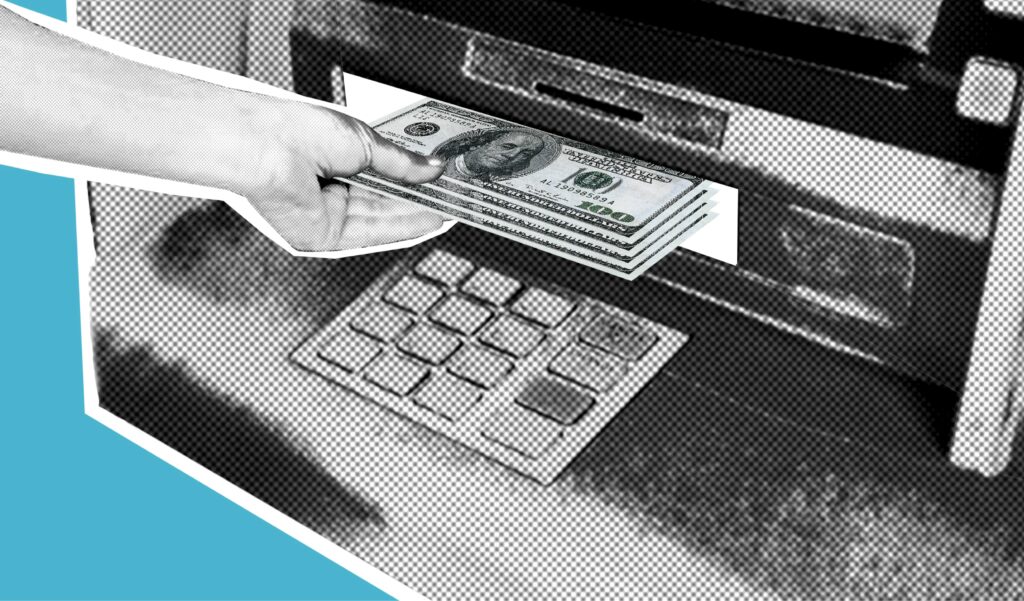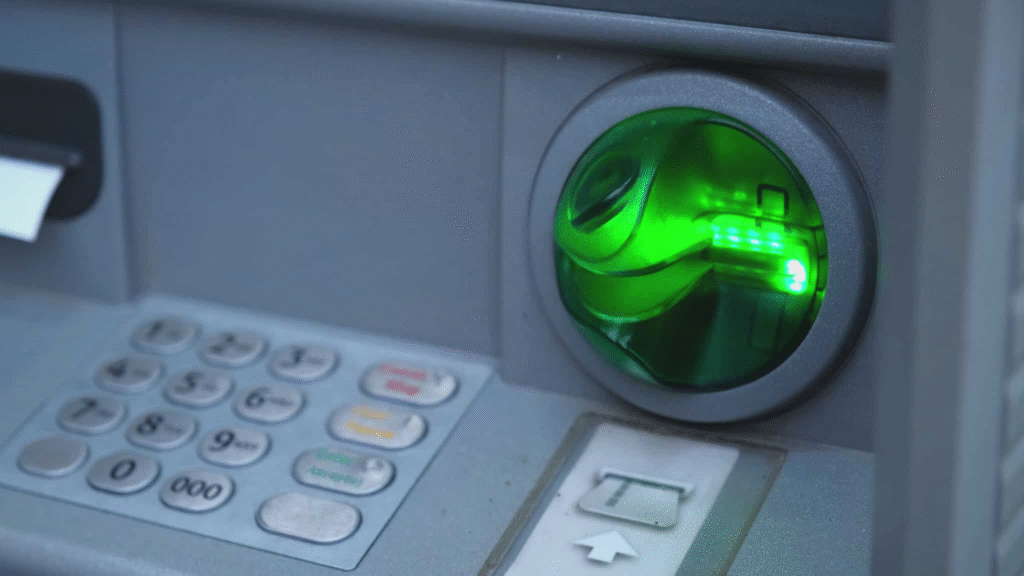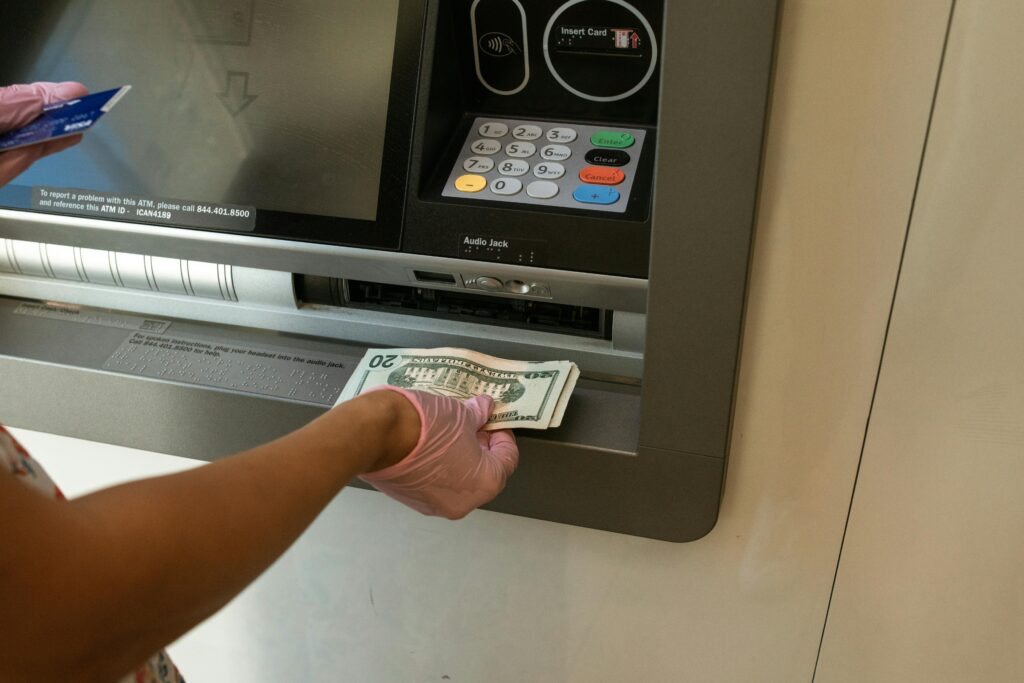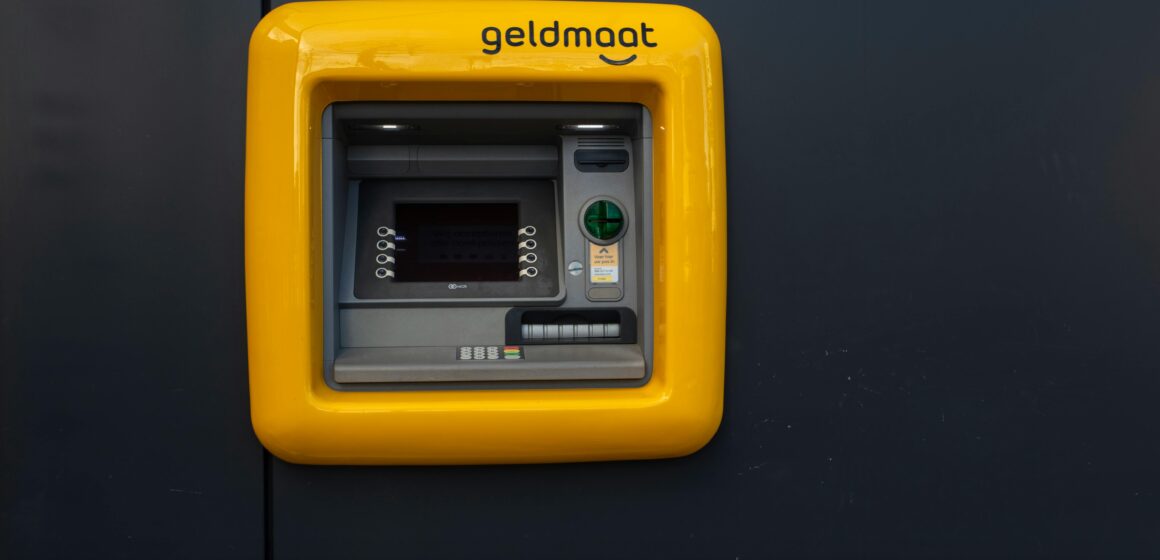ATMs are a critical part of modern banking, but they face many security threats daily. Criminals continuously find new ways to attack ATMs, including skimming, malware, and physical breaches. Therefore, it is vital for banks and operators to defend against ATM threats proactively. This article outlines essential security tips to protect your ATM network and customers from fraud and physical attacks.
Understand Common ATM Threats
Firstly, understanding the types of threats ATMs face helps in crafting effective defenses. Some common threats include:
- Skimming Devices: Criminals attach card readers to steal card information.
- Cash Trapping: Devices block cash dispensing to steal money after the customer attempts withdrawal.
- Malware Attacks: Hackers install malicious software to capture PINs or dispense cash illegally.
- Physical Attacks: Vandalism, explosive attacks, or theft aimed at breaking into the ATM.
By knowing these risks, banks can tailor their security measures accordingly.

Implement Anti-Skimming Technologies
One of the most effective ways to defend against ATM threats is installing anti-skimming devices. These technologies detect and prevent unauthorized card readers from capturing data. Additionally, banks can use jamming devices that interfere with skimmers’ wireless signals.
Regularly inspecting ATMs for suspicious devices is also crucial. Employees and customers should be trained to report unusual attachments or behaviors immediately.

Use Strong Software Security
Besides physical protection, software security plays a major role. Installing updated anti-malware programs and firewalls helps prevent hackers from installing malicious software on ATMs. Moreover, frequent software audits and patching vulnerabilities reduce the risk of cyberattacks.
Some banks also use end-to-end encryption for transaction data to ensure security throughout the process.
Strengthen Physical Security Measures
Physical security is essential to defend against ATM threats. This includes installing surveillance cameras, alarm systems, and secure ATM enclosures. Additionally, placing ATMs in well-lit, monitored areas deters criminals.
Banks should also schedule regular cash pickups to minimize the amount of money stored in machines, reducing the potential loss if an attack occurs.

Educate Customers and Staff
Lastly, educating customers and staff is vital. Customers should be aware of how to spot suspicious devices or behavior at ATMs and report concerns immediately. Staff training on security protocols ensures quick responses to threats and regular ATM inspections.
Raising awareness can significantly reduce successful attacks and improve overall ATM security.
Conclusion
In conclusion, defending against ATM threats requires a combination of physical security, software protections, and education. By understanding common risks and implementing anti-skimming technologies, strong software defenses, and physical safeguards, banks can protect their ATM networks and customers effectively. Furthermore, educating staff and customers creates a stronger line of defense against fraud and attacks.
🔗 Read more on ATM security best practices from the American Bankers Association (ABA).




Leave a Reply